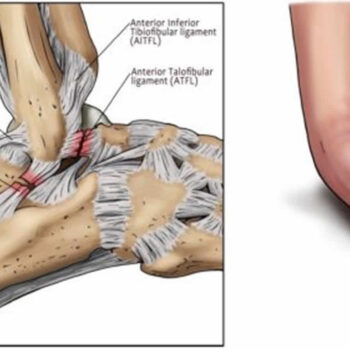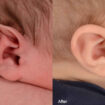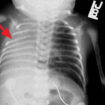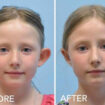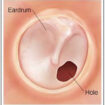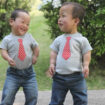Stahl's ear Stahl’s ear deformity consists of an extra cartilage fold in the middle (scapha) portion of the ear. This
Kids sprained ankle A sprained ankle means one or more ligaments on the outer side of your ankle were stretched or torn. Ankle sprains are one of the most common injuries in children. Ankles are made
